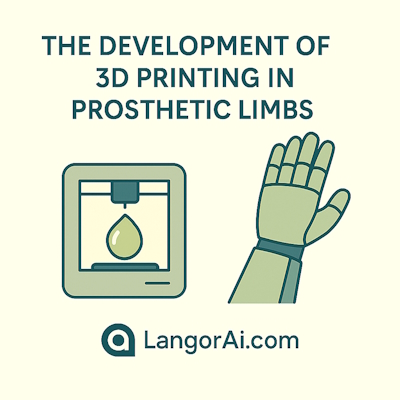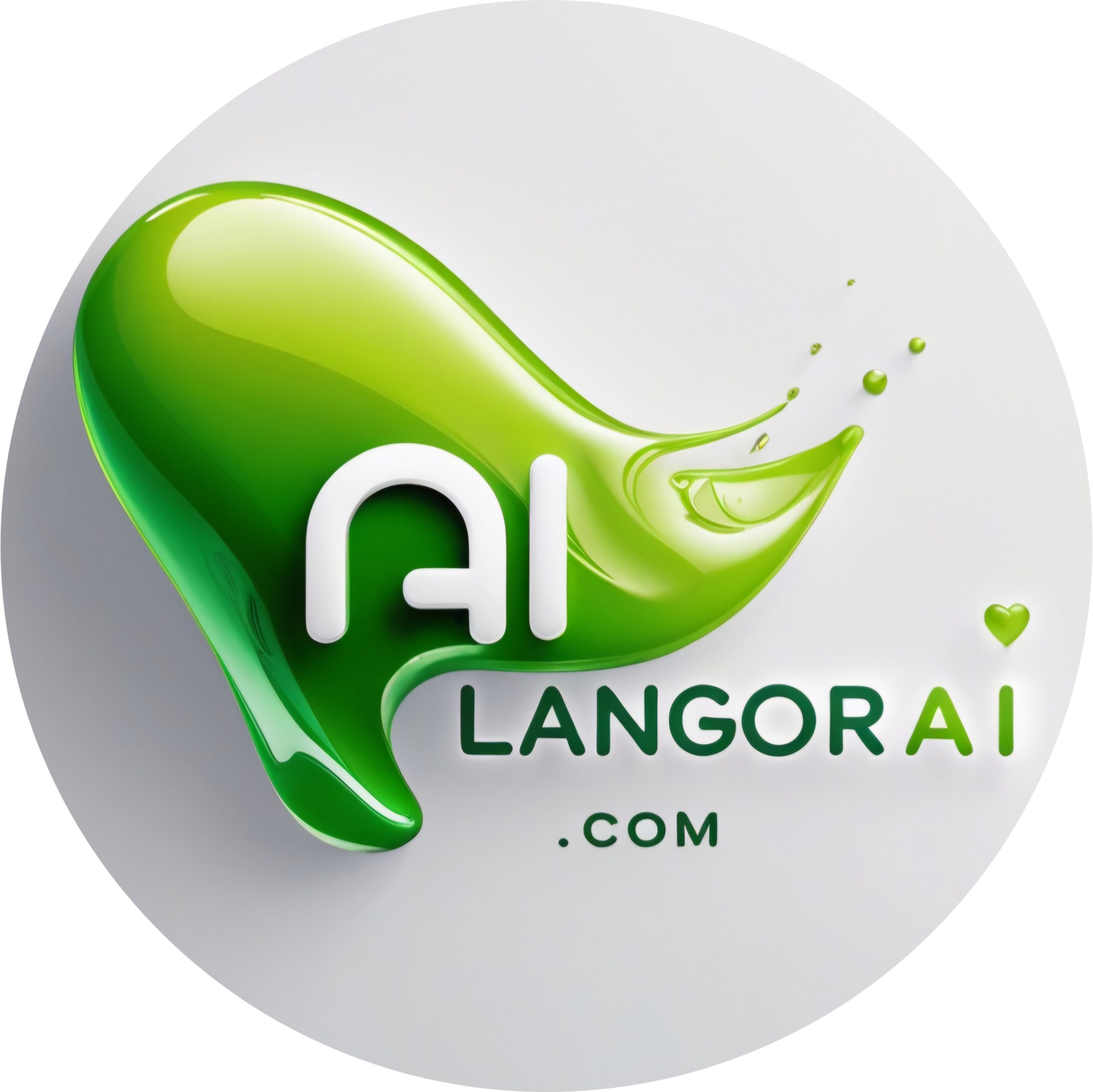
IELTS Reading Practice Test – Passage 1
The Development of 3D Printing in Prosthetic Limbs
For decades, prosthetic limbs were bespoke artefacts fashioned by skilled technicians using labour-intensive methods and costly materials. Although such devices could be highly functional, their price and the time required to produce them placed them out of reach for many patients, particularly children who rapidly outgrow fittings. Over the last fifteen years, desktop 3D printing—once a hobbyist curiosity—has entered clinical conversations as a disruptive alternative that promises faster production, lower cost, and unprecedented scope for personalisation.
The core advantage of 3D printing lies in its digital pipeline. Clinicians can scan a residual limb with handheld scanners or even calibrated smartphone cameras, generating a precise three-dimensional model. That model is refined in computer-aided design (CAD) software to account for pressure distribution, alignment, and socket comfort, and then printed in layers using thermoplastics such as PLA or PETG. The same file can be reprinted with minor adjustments, enabling swift iteration without the waste and delay typical of plaster casting.
Early printed devices, however, were not without shortcomings. Many prototypes prioritised speed and affordability over strength and finish; surfaces were rough, tolerances inconsistent, and load-bearing joints—wrists, knees, and ankles—proved vulnerable to fatigue. As the field matured, designers shifted toward composite approaches: printing rigid shells that house metal inserts or fibre-reinforced elements in high-stress regions, and using flexible filaments to improve comfort at the socket–skin interface. These hybrid designs markedly improved durability while preserving the cost advantages of additive manufacturing.
A less obvious but equally important shift concerned aesthetics and identity. Traditional prosthetics often aimed to conceal difference, mimicking human skin tones and contours. The 3D printing community popularised another philosophy: openly styled limbs in bright colours with interchangeable covers, superhero motifs, or sports-themed patterns. Paediatric patients, in particular, reported increased willingness to wear and use their devices when allowed to co-design the appearance, a change correlated with better adherence to rehabilitation plans.
Cost dynamics also evolved. While desktop printers are inexpensive relative to industrial equipment, the total cost of a clinically safe device includes scanning, professional design time, validated materials, and post-processing. Small practices can partner with certified fabrication hubs that implement standardised print profiles and quality control to deliver repeatable results. Such networks reduce per-unit cost through shared tooling and bulk material purchasing, and they ensure that safety testing—impact resistance, abrasion, and biocompatibility—is carried out consistently.
Regulation trails innovation. Authorities generally treat prosthetic sockets and terminal devices as medical products, requiring documentation of materials and processes. Because 3D printers vary widely, regulators focus on outcomes: does the device meet mechanical and hygiene standards regardless of how it was made? As a consequence, clinics increasingly maintain print logs, calibration records, and traceable part numbers—an administrative burden that nonetheless facilitates scaling beyond one-off prototypes.
Looking ahead, bioprinting occupies the horizon of possibility. Unlike polymer-based prosthetics, bioprinted constructs aim to deposit living cells within hydrogel scaffolds to create tissues that integrate with the body. This remains fundamentally different from printing a limb; the technical challenges—vascularisation, immune response, and long-term function—are formidable. Yet, lessons from today’s digital workflows—precise scanning, simulation-guided design, and distributed manufacturing—are already informing research in regenerative medicine.
Whether the goal is an affordable paediatric hand or a high-performance athletic foot, the emerging consensus is pragmatic: 3D printing is most effective when combined with conventional components, rigorous testing, and patient-centred design. In this hybrid model, accessibility and custom fit are achieved without sacrificing reliability—an equilibrium that brings prosthetic care within reach of more people than ever before.
Questions 1–7 (Yes / No / Not Given)
Do the following statements agree with the information in the passage?
Write YES if the statement agrees with the information; NO if it contradicts; NOT GIVEN if there is no information.
Questions 8–10 (Multiple Choice)
A) excessive weight
B) surface finish and joint fatigue
C) incompatibility with CAD software
D) lack of colour options
A) outsourcing scanning to patients
B) maintaining print logs and calibration records
C) purchasing only industrial printers
D) avoiding any post-processing
A) avoids regulatory oversight
B) seeks to print living tissues
C) eliminates the need for scanning
D) uses cheaper materials
Questions 11–14 (Short answer — ONE WORD ONLY)
Answer Key & Explanations (English)
1 → NO — Passage states traditional devices were costly and time-consuming, limiting access.
2 → YES — Handheld and calibrated smartphone scanners are mentioned for geometry capture.
3 → NO — Early prints had rough surfaces and vulnerable joints; they did not consistently match strength.
4 → YES — Hybrid designs add metal inserts or fibre-reinforced elements in high-stress regions.
5 → YES — Paediatric co-design (colours/themes) correlated with better adherence to rehabilitation.
6 → YES — Certified hubs standardise profiles, QC, and reduce per-unit cost through shared resources.
7 → NO — Regulators focus on outcomes (mechanical/hygiene standards), not the printer brand alone.
8 → B — Early limitations: surface finish, inconsistent tolerances, and joint fatigue (paragraph 3).
9 → B — Clinics keep print logs, calibration records, and traceable part numbers (regulation section).
10 → B — Bioprinting aims to deposit living cells in scaffolds; fundamentally different goals.
11 → CAD — Computer-aided design software refines the model.
12 → PLA — (also acceptable: PETG) both explicitly named as thermoplastics.
13 → skin — “socket–skin interface” improved with flexible filaments.
14 → regenerative — Refers to regenerative medicine.
